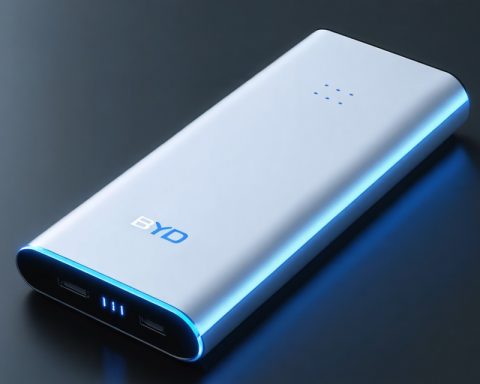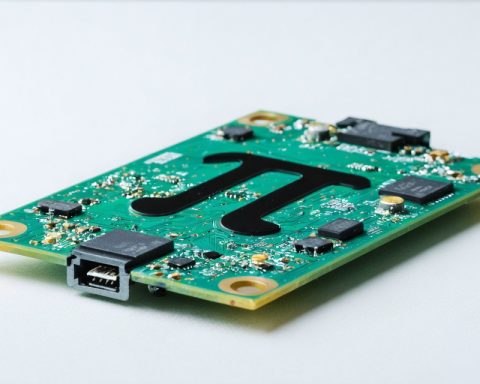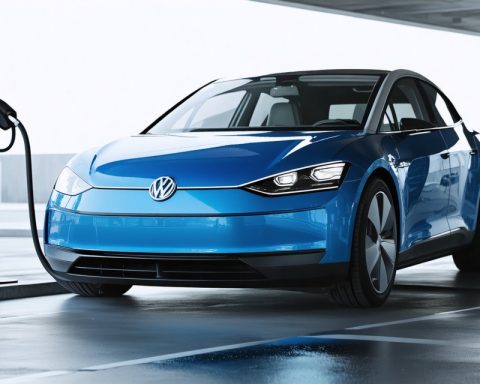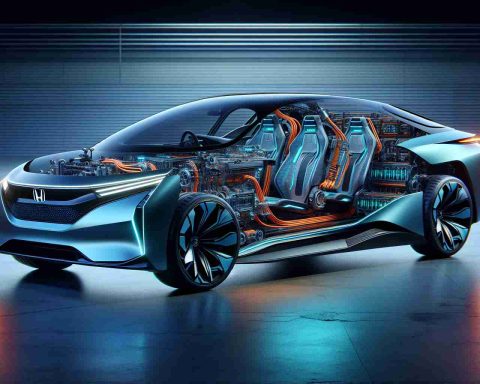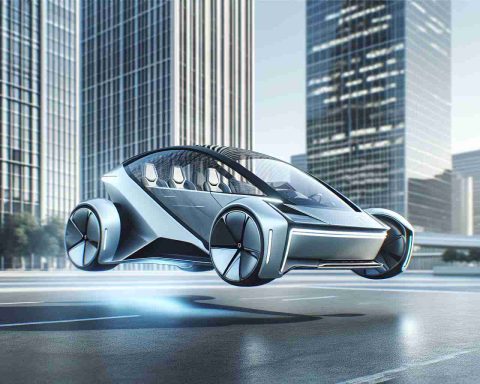- Delhi is witnessing a rapid expansion of battery electric vehicle (BEV) charging facilities, primarily serving two- and three-wheelers, creating convenient drive-thru stations across the city.
- The quiet operation of BEVs presents safety challenges in Delhi’s bustling traffic, where engine noise traditionally alerts pedestrians and other vehicles.
- Mobile charging stations double as social spaces, fostering community interactions during charging wait times.
- Rising fuel costs are accelerating the switch to BEVs, raising the need for solutions to ensure pedestrian safety amid the silent vehicles.
- Innovative strategies, including technological advancements or revised traffic regulations, are crucial to address the safety challenges posed by the absence of traditional engine sounds.
- The ongoing electric transformation emphasizes balancing progress with urban safety by reintroducing auditory cues for road users.
In the bustling heart of Delhi, the electric revolution unfolds with a silent hum. Charging facilities for battery electric vehicles (BEVs) have mushroomed across the city landscape, specifically catering to the ever-growing fleet of two- and three-wheelers. These makeshift hubs sprout along busy roadsides like modern-day oases, offering drivers a seamless “drive-thru” experience. Yet, amidst this electrifying progress lurks an unlikely conundrum—silence.
The streets of Delhi, normally a cacophony of engine roars and ceaseless honking, now witness a quieter evolution. BEV rickshaws and scooters glide silently through chaotic traffic, and where traditional vehicles once signaled their approach with audible gusto, these near-silent machines present a new kind of challenge. In a city where lanes are mere suggestions and reverse driving adventures happen frequently, the absence of engine noise amplifies the potential for mishaps.
Mobile charging stations also transform into social hubs where commuters exchange stories, turning the necessary wait into a communal experience. However, as fuel prices continue to soar, pushing more citizens towards BEVs for economical transport, the silent march through Delhi’s maze raises eyebrows. The absence of sound necessitates new strategies to maintain urban safety, as pedestrians—lost in their smartphones or music—remain oblivious to the stealthy approach of electric wheels.
As the capital embarks further into its green journey, the key to safe coexistence may just lie in innovating ways to bring back the recognizable hints of human presence. Whether through technology or revised traffic norms, making the invisible heard will be vital in this evolving urban tapestry. Amidst the hum of progress, the whisper of safety echoes loudest.
Revolutionizing Urban Transport: How Delhi’s Quiet Electric Future Raises Safety and Community Challenges
How-To Steps & Life Hacks: Enhancing Safety with Silent Electric Vehicles
1. Install Audible Pedestrian Alerts (APAs): Equip electric vehicles with devices that emit sounds when traveling below a certain speed. This helps alert pedestrians to their presence.
2. Smartphone Integration for Safety Alerts: Develop apps that can notify drivers and pedestrians with proximity alerts, particularly in high-density areas.
3. Educational Campaigns: Launch public awareness initiatives to educate on the nuances and safety precautions of sharing road space with quieter BEVs.
Real-World Use Cases and Market Trends
Two-Wheelers and Public Transport:
– Last-Mile Connectivity: Electric scooters and rickshaws are increasingly used for short-distance commutes. Programs can incentivize adoption by offering subsidies for electric two-wheelers.
– Shared Electric Mobility: Companies such as Ola Electric are expanding shared scooter fleets, aligning with the city’s mobility needs.
Market Growth:
– According to research, India’s electric vehicle market is experiencing exponential growth, expected to expand at a CAGR of 36% from 2021 to 2026, with two-wheelers leading the charge.
Reviews & Comparisons
Top BEVs for Urban Commuting:
– Ola Electric Scooter: Known for its affordability and efficient range, ideal for Delhi’s needs.
– Bajaj Chetak Electric: Offers a stylish design and superior battery life, suitable for navigating city traffic.
Comparison with Combustion Vehicles:
– Despite quiet operation, BEVs offer lower operational costs and lesser environmental impact, albeit at the cost of reduced auditory presence on roads.
Controversies & Limitations
Auditory Safety Concerns:
– The most significant challenge with BEVs lies in its silence, increasing risks for pedestrians and cyclists.
– Regulatory bodies are debating mandatory sound-emitting devices for vehicles in dense pedestrian areas.
Charging Infrastructure Limitations:
– While charging stations are increasing, reliability and distribution across all urban sectors remain challenges.
Security & Sustainability
Sustainability Prospects:
– BEVs offer reduced emissions and less dependency on fossil fuels, critical for improving air quality in polluted cities like Delhi.
Cybersecurity in Vehicles:
– As BEVs become more connected, they pose heightened risks of hacking, necessitating stronger cybersecurity protocols.
Insights & Predictions
Future Trends:
– Expect growth in the development of battery and charging technology, improving efficiency and reducing charge times.
– Government policies are likely to further incentivize BEVs, driving faster adoption.
Tutorials & Compatibility
For New Users:
– Simple guides on optimizing battery life and efficient charging station use can help new BEV owners maximize their vehicle’s potential.
Pros & Cons Overview
Pros:
– Environmentally friendly with fewer emissions.
– Lower long-term running cost due to fewer moving parts.
Cons:
– Limited immediate availability of comprehensive charging infrastructure.
– Safety challenges due to reduced sound output.
Conclusion and Recommendations
As Delhi embraces the quiet revolution, hybrid solutions incorporating technology and education are vital. Enhance road safety by implementing sound systems for BEVs and design incentives to facilitate widespread adoption. Educating both drivers and pedestrians will be critical to ensure safe integration into the city’s dynamic landscape. For more on electric vehicles or urban mobility solutions, visit NITI Aayog.
Quick Tip:
For BEV owners, checking real-time availability and booking charging slots via apps can ease the transition and help manage time efficiently while navigating through Delhi’s charging zones.

